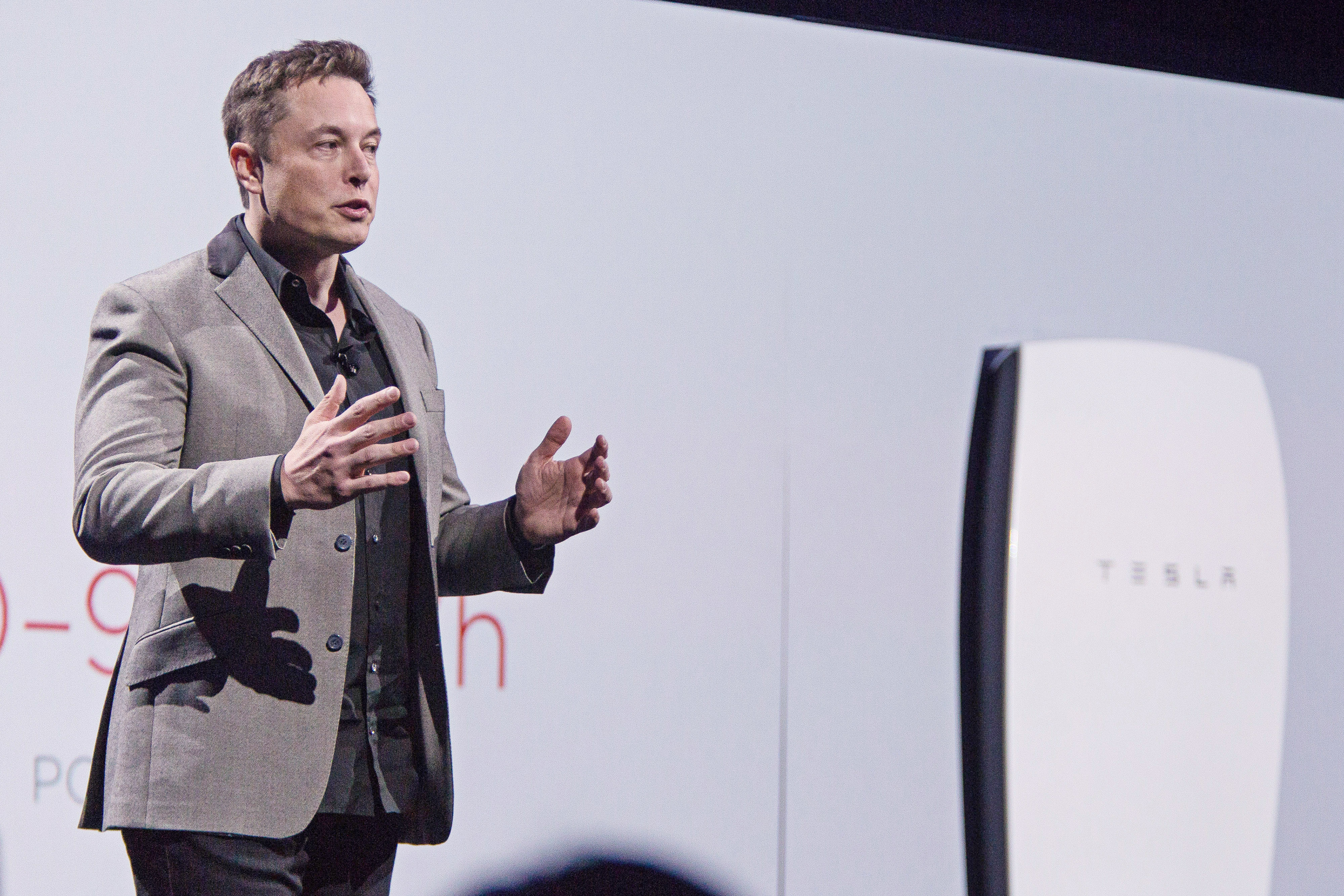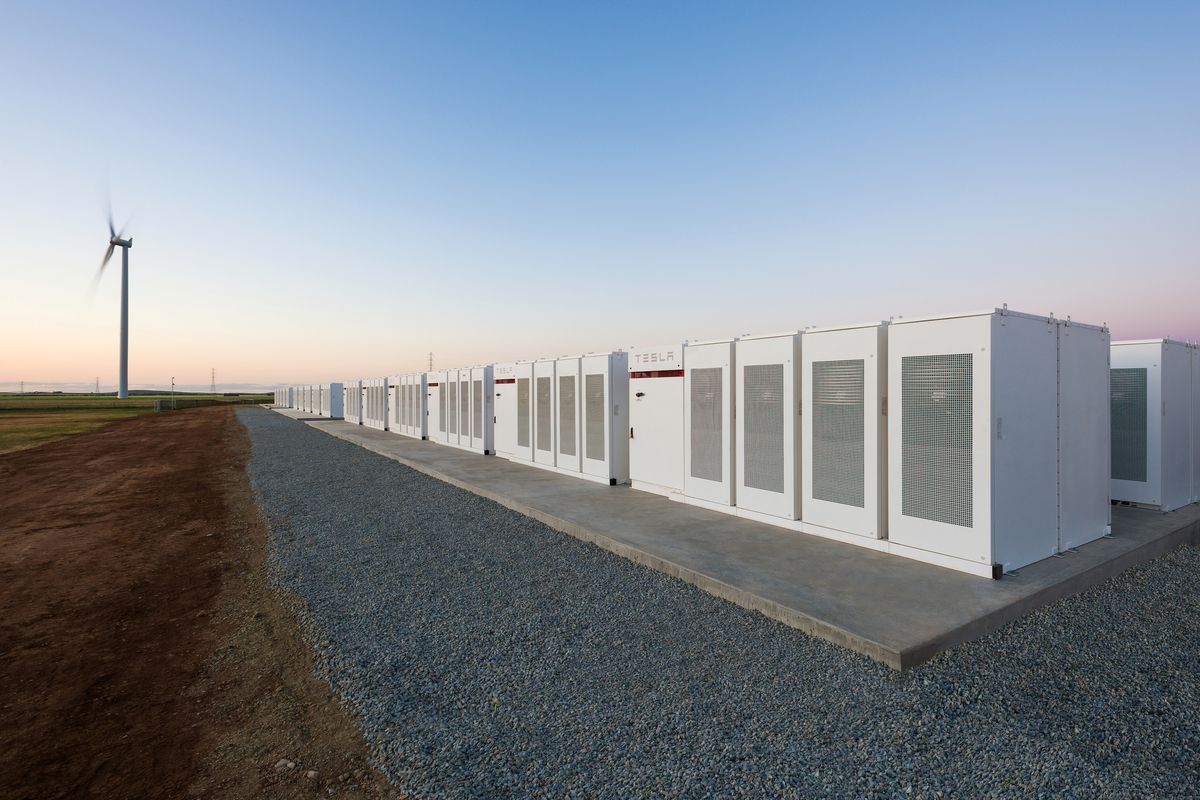Tesla and South Australia Team Up for World’s Largest Power Plant
South Australia will soon be home to the world’s largest “virtual power plant” after the state government unveiled its plan for a 50,000-home solar and battery network.
South Australian Premier Jay Weatherill joined with Tesla to build the network, which involves the installation of new renewable energy systems in 1,100 South Australian homes.
Members of the public have already been invited to participate in a trial before the system is put in place, with the cost financed by the sale of electricity.
Weatherill said that the power generated by the solar panels and batteries would essentially create a 250-megawatt power plant. Participants can expect a 30 per cent cut to their electricity bills.
Related reading: Tesla’s Tiny House to Tour Down Under

Those chosen to take part will receive the fruits of the government’s partnership with Elon Musk’s Tesla – a 5kW solar panel system and 13.5kWh Tesla Powerwall 2 battery.
Once installed, the solar panel and the lithium ion battery work together to sufficiently power a house with sunlight, drawing and storing solar power through the panels and into the battery to create a 100 per cent self-powered system that can potentially provide dependable power for seven continuous days without a power grid.
“More renewable energy means cheaper power for all South Australians,” Premier Jay Weatherill said.
“Our energy plan means that we are leading the world in renewable energy and now we are making it easier for more homes to become self-sufficient.”

The world’s largest lithium-ion battery being built in South Australia was the first major partnership between the South Australian government and Tesla.
Following the trial, which has now commenced, systems are set to be installed at a further 24,000 Housing Trust properties, and then a similar deal offered to all South Australian households, with a plan for at least 50,000 households to participate over the next four years.
The government said that all South Australians will benefit from the increased generation in the South Australian energy mix, with lower energy prices and increased energy stability.
The government is assisting the rollout with a $2 million grant and $30 million loan from the Renewable Technology Fund.
A registration of interest is open for people interested in participating in the scheme.















